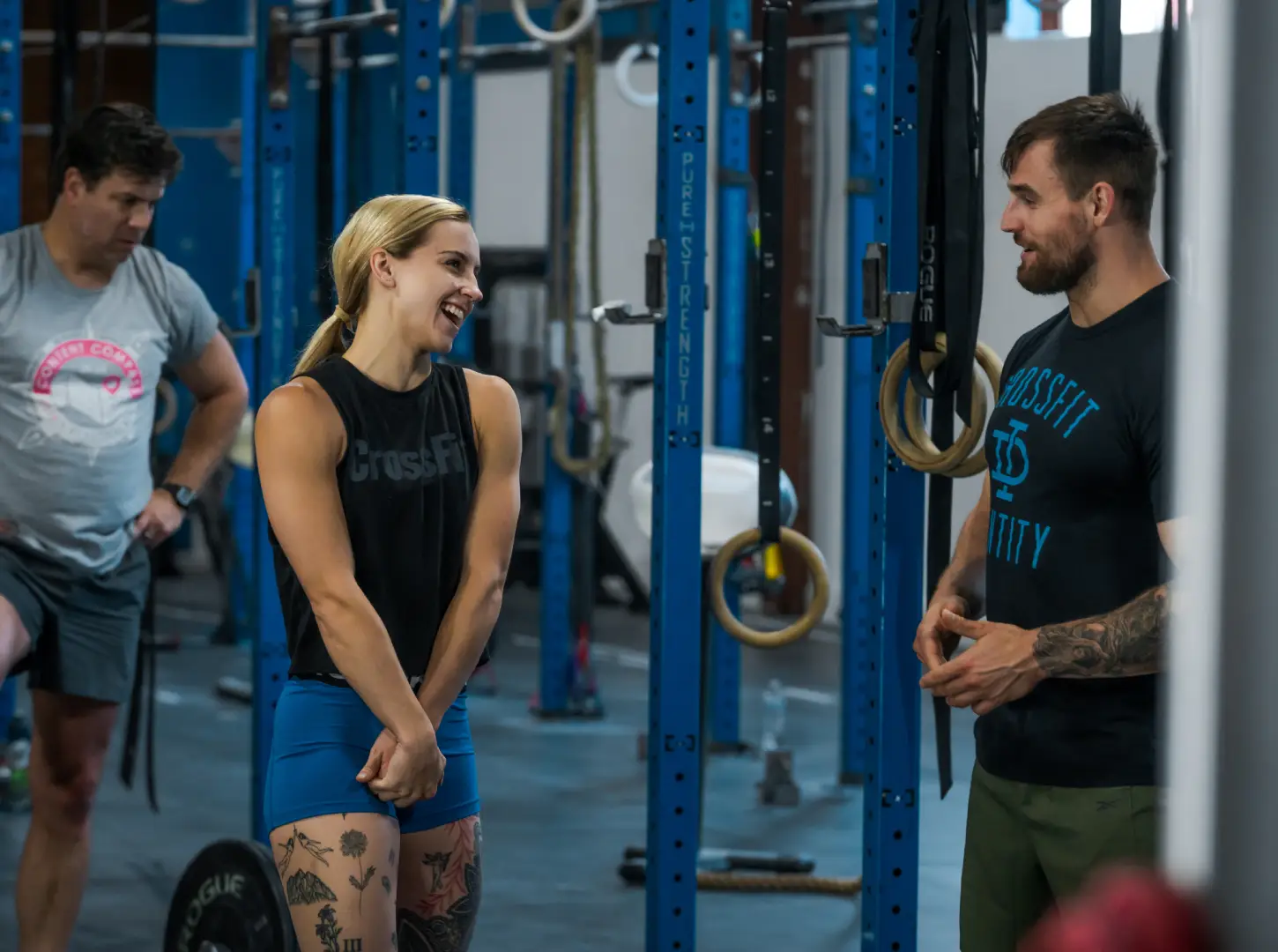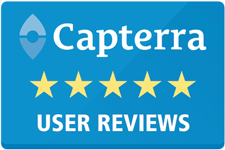How to Create Gym Personas For Your Fitness Business
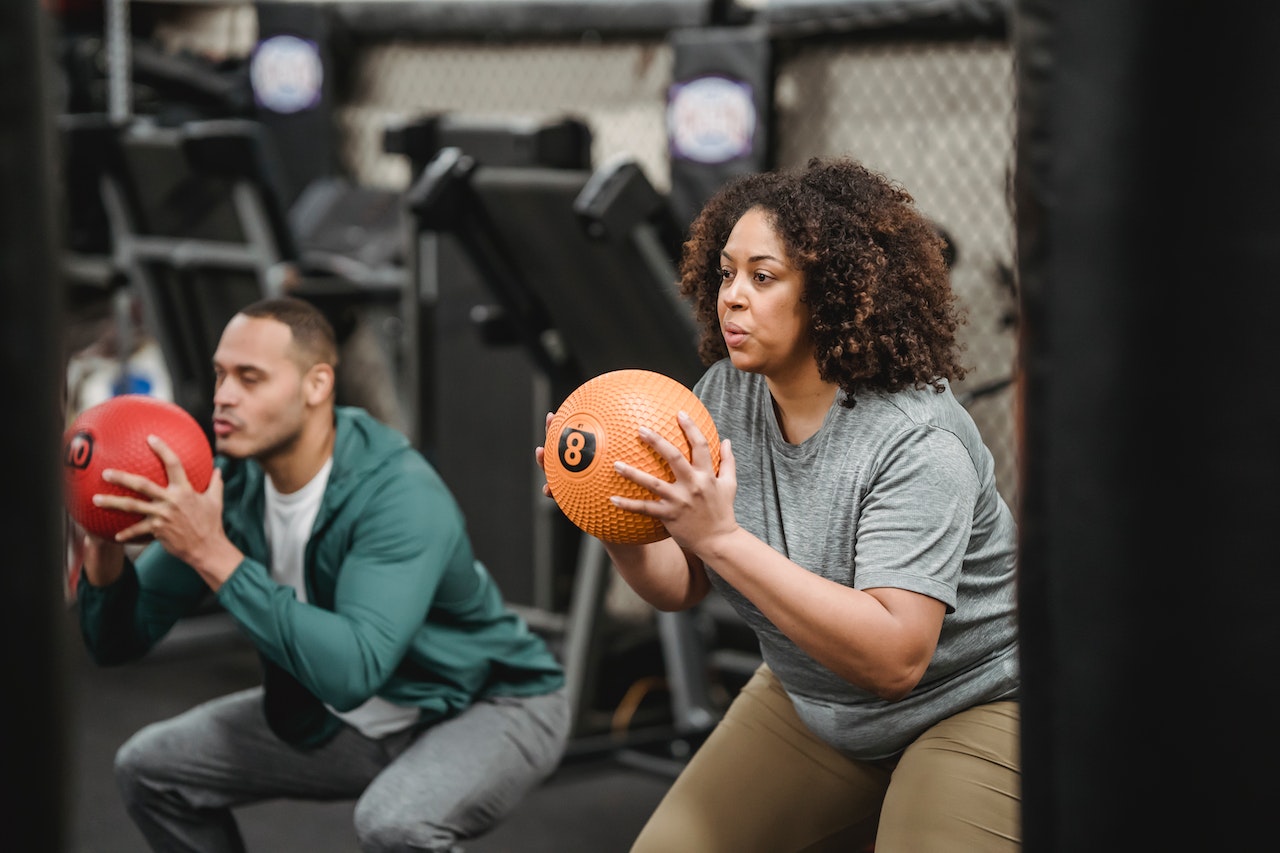
There is no marketing magic bullet, campaign, or program that you can run that will immediately bring loads of new members to your fitness business.
The successful fitness businesses we work with are always testing new campaigns and marketing tactics, and then adjusting these programs based on what is working and what isn’t – or in other words, optimizing their strategy.
When thinking about optimizing your marketing strategy, the most important step you can take is to first build out your gym persona. Let’s dive into what that looks like.
What Is a Gym Persona?
A gym persona is a representation of your target market or ideal customer. A well-crafted persona helps you understand exactly who your members are so you can deliver relevant programs and offers.
Personas need to be specific – your target market can’t be all people within a 20-mile radius who are between five and 70 years old.
Personas can include:
- Age
- Gender
- Location
- School
- Other interests
- Values
- Fears
- Goals
- Challenges
- And more!
For a persona to be truly usable, it should be as specific as possible. We’d even suggest giving your persona a name.
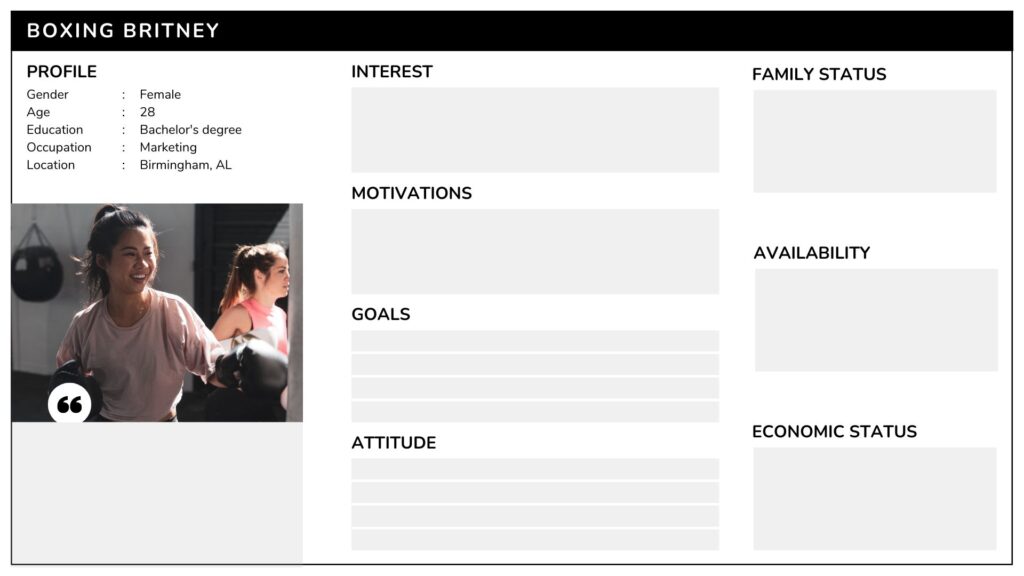
If you’re struggling with this concept, start with your current students or gym members and ask them why they chose your fitness business. You may hear generic responses such as “cost” or “coaches” but dive in to learn more. Again, it is important to be as specific as possible, so make sure to ask them lots of follow-up questions.
How Do You Build a Gym Persona?
The categories you include in your personas will change depending on your personal preferences and the needs of your business.
Here are some basic categories to get you started with building some personas:
- Name
- Age
- Interest
- Economic status
- Location
- Family status
- Employment position or industry
- Attitude
- Goals
If you serve a range of members, you’ll need multiple personas. A martial arts school that offers a tiny tigers program, self-defense classes for women, and anti-bullying programs for adolescents should develop, at minimum, three different personas. Each of those personas has a different set of needs, so having separate personas makes it easier to customize your programs and marketing campaigns for them.
Working With Existing Data
To create effective personas, you need to understand the behavior patterns of your current and ideal members. The good news is that you should already have some of that data!
Use the information collected from your lead forms and analytics to identify common demographic characteristics, such as age, gender, location, and income level. Look for patterns in your members’ workout patterns as well to understand how they’re engaging with your gym.
Interviewing Current Members
Speaking with your members directly is an excellent way of learning why your members are interested in your gym. Ask deeper, more specific questions than those on your lead forms, such as “Why did you choose my gym over others?”.
Asking specific questions will give you a better understanding of the motivations behind the patterns of behavior you spot in your data.
What If You’re Starting From Scratch?
This may seem like an intimidating place to be, but it can also be a good thing! The key to running is a successful gym is understanding how to best serve your members, so creating new personas means you’re on the right path.
Start by outlining your target audience and investigating which demographics are the most likely to visit your gym. You can read testimonials for similar businesses as well to learn why their members are choosing their gyms over competitors.
While working on your personas, take notes on the information you wish you had. Use those notes to develop a list of questions you can ask to refine your personas in the future.
Once you have a solid idea of who your gym appeals to the most, you can start the fun part – figuring out how to appeal to them and make them stay. For example, if you know that community is an important aspect of why members love your fitness business, you may want to look at starting a referral program. Members who love the community you’ve built will be eager to get other friends, acquaintances, and colleagues into your gym.
Ready to Create Your Gym Personas?
Understanding your leads will improve every aspect of your communication and marketing. The more you practice using your personas when talking to leads, the better you’ll get at it.
Get started by downloading a free copy of The Gym Owner’s Guide to Buyer Personas.

Original blog published February 16, 2018. Updated March 29, 2023.
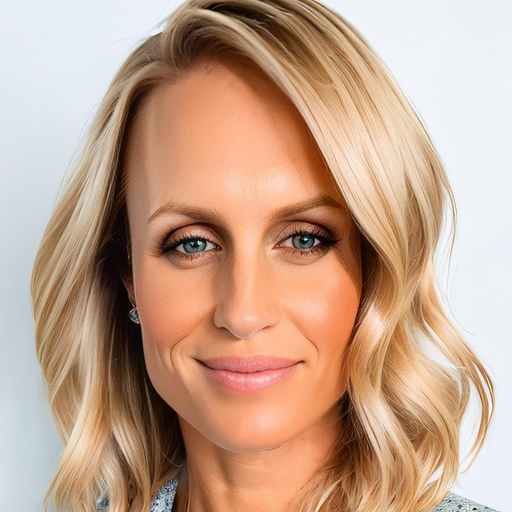
I’m Coach Kelli, a devoted CrossFit gym owner with 15 years of experience managing my facility, along with owning yoga studios and wellness centers. Beyond the fitness world, I have a passion for cooking, cherish moments with my children and family, and find joy in spending time outside. Having experienced the highs and lows, I’m dedicated to leveraging my expertise to help you grow and succeed on your fitness journey.

I’m Coach Kelli, a devoted CrossFit gym owner with 15 years of experience managing my facility, along with owning yoga studios and wellness centers. Beyond the fitness world, I have a passion for cooking, cherish moments with my children and family, and find joy in spending time outside. Having experienced the highs and lows, I’m dedicated to leveraging my expertise to help you grow and succeed on your fitness journey.

